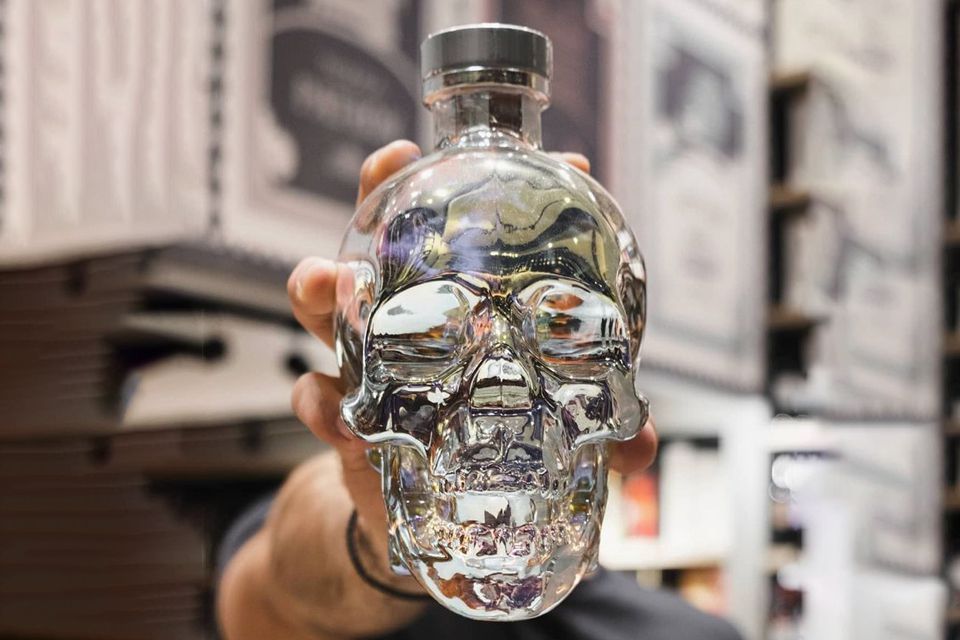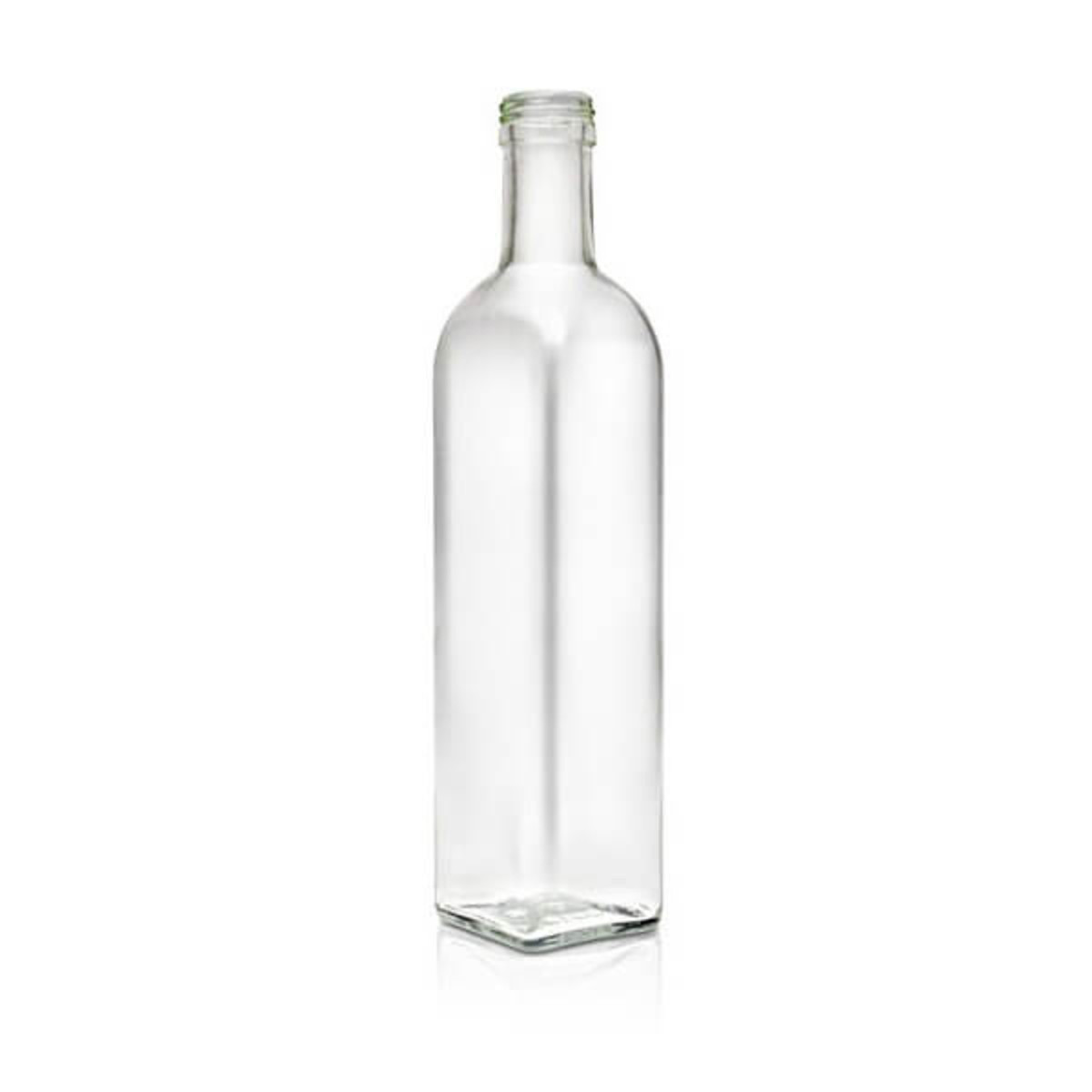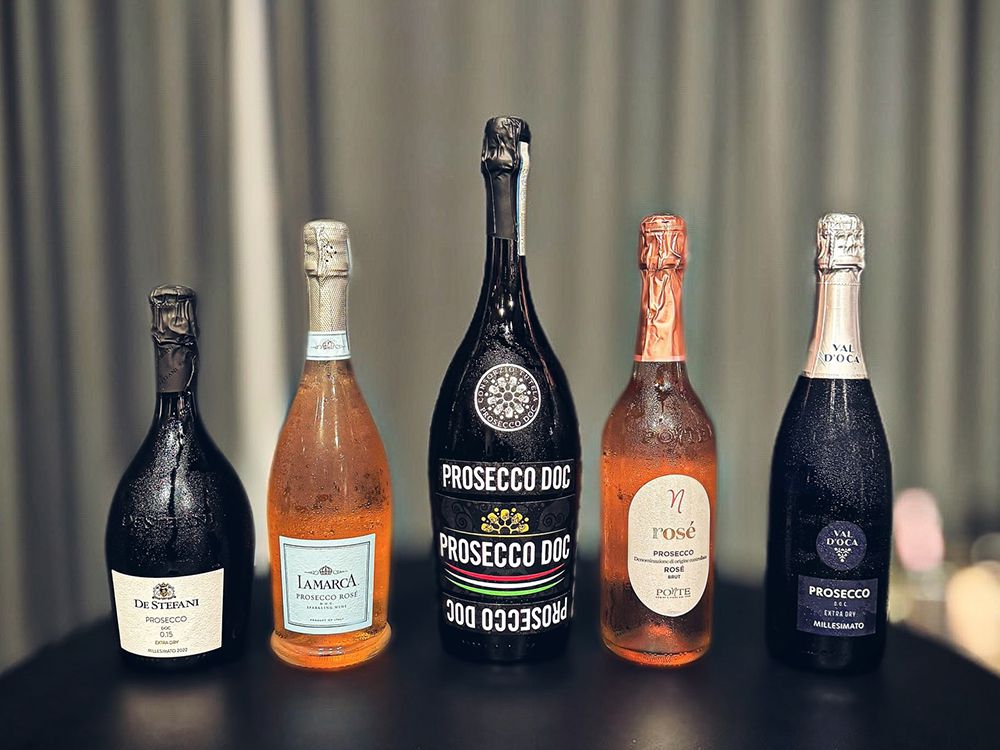Vodka, renowned for its pristine clarity and smooth character, demands packaging that reflects its inherent elegance. For distilleries and spirits producers, the vessel containing this refined spirit is more than mere containment; it’s an extension of the brand’s identity and a testament to the meticulous craftsmanship within. This comprehensive guide delves into the intricacies of vodka bottle design and production, offering a technical and aesthetic roadmap for creating packaging that captures the essence of your brand and resonates with discerning consumers. From glass composition and bottle geometry to cutting-edge decorative techniques and sustainable practices, we’ll explore every facet of crafting a bottle that elevates the vodka experience.

The Science of Glass: Selecting the Perfect Canvas
The foundation of any premium vodka bottle lies in the quality and characteristics of the glass itself. Understanding the nuances of glass composition and its impact on vodka preservation and presentation is paramount.
Glass Types and Properties
- Type I (Borosilicate Glass): The gold standard for premium spirits, Type I glass boasts exceptional chemical resistance, preventing any interaction between the glass and the vodka that could alter its flavor profile over time. Its thermal stability also makes it ideal for handling temperature fluctuations during storage and transport.
- Type III (Soda-Lime Glass): A more economical alternative, Type III glass still provides adequate protection for vodka, though its chemical resistance is slightly lower than Type I. Careful consideration should be given to liner selection and shelf-life expectations when opting for Type III glass.
- Extra-Flint Glass: Prized for its exceptional clarity and brilliance, extra-flint glass allows the pure essence of the vodka to shine through, creating a visually stunning presentation. This high-quality glass enhances the perception of premium quality.

Clarity, Color, and UV Protection
- Visual Purity: Vodka’s pristine character demands glass with unparalleled clarity. Careful inspection and quality control measures are essential to eliminate imperfections, bubbles, or tints that could detract from the liquid’s visual appeal.
- Color Considerations: While clear glass is the traditional choice, subtle tints can be employed to create a unique brand aesthetic or differentiate flavored vodkas. However, color should be used judiciously to avoid compromising the perception of purity.
- UV Shielding: Prolonged exposure to ultraviolet light can degrade vodka quality, impacting flavor and aroma. Incorporating UV-filtering properties into the glass composition or applying UV-protective coatings can safeguard the spirit’s integrity.

Form and Function: Defining Bottle Geometry
The bottle’s shape transcends mere aesthetics; it influences handling, pouring, and the overall consumer experience. Balancing form and function is key to creating a bottle that is both visually appealing and practical.
Neck Finish and Closure Systems
- Standardized Neck Finishes: Adhering to industry-standard neck finishes, such as those defined by the Glass Packaging Institute (GPI), ensures compatibility with a wide range of closure options and filling equipment, streamlining production processes.
- Closure Selection: Choosing the right closure is crucial for preserving vodka quality and enhancing brand perception. Screw caps provide a secure seal and can incorporate tamper-evident features, while synthetic corks or glass stoppers offer a more traditional aesthetic. Liner selection within the closure is critical for preventing interaction between the closure material and the vodka.

Bottle Capacity and Dimensions
- Market-Driven Sizing: Offer a range of bottle sizes (e.g., 50ml, 375ml, 750ml, 1L) to cater to different consumer preferences and market segments. Consider travel-sized options for convenience and larger formats for celebratory occasions or on-premise establishments.
- Ergonomic Design: The bottle’s shape should facilitate comfortable handling and pouring, enhancing the overall user experience. Consider weight distribution, grip texture, and pouring lip design for optimal ergonomics.
- Fill Line Efficiency: While unique and complex bottle shapes can be visually striking, their impact on filling line efficiency must be considered. Design the bottle in collaboration with your filling and packaging partners to ensure smooth integration into production processes.
Weight and Wall Thickness
- Durability vs. Cost: Bottle weight and wall thickness directly influence durability and perceived quality. Thicker glass offers greater protection against breakage but increases both manufacturing and shipping costs. Finding the optimal balance between robustness and cost-effectiveness is essential.
- Perceived Value: Heavier bottles often convey a sense of premium quality and luxury, influencing consumer perception of the product within. Consider the target market and brand positioning when making decisions about bottle weight.
The Art of Adornment: Decorating the Vodka Vessel
The bottle’s decoration is an opportunity to bring your brand to life, capturing its personality and creating a visual narrative that resonates with consumers.
Labeling and Decoration Techniques
- Label Design and Placement: The label is the primary canvas for conveying brand information, including the brand name, logo, and legal requirements. Strategic placement and sizing are crucial for maximizing visibility and impact.
- Label Materials and Finishes: Select label materials that are durable, moisture-resistant, and compatible with the printing process. Premium finishes like embossing, foil stamping, or special varnishes can elevate the label’s tactile and visual appeal.
- Direct-to-Glass Printing: For a seamless and sophisticated aesthetic, direct-to-glass printing eliminates the need for traditional labels, allowing for intricate designs and a premium feel.
Color Palettes and Typography
- Color Psychology: Harness the power of color psychology to evoke desired emotions and associations. Cool tones like blue and silver often convey purity and sophistication, while warmer colors can suggest vibrancy and energy.
- Font Selection and Hierarchy: Typography plays a crucial role in communicating brand personality. Select fonts that are legible, aesthetically pleasing, and align with your brand identity. Establish a clear typographic hierarchy to guide the consumer’s eye and emphasize key information.
Embossing and Embellishments
- Textural Branding: Embossing adds a tactile dimension to the bottle, creating a premium feel and reinforcing brand recognition. Embossed logos or patterns can elevate the bottle’s visual and sensory appeal.
- Decorative Elements: Consider incorporating decorative elements such as metal accents, unique bottle closures, or custom-shaped neck rings to further enhance the bottle’s aesthetic and create a distinct brand identity.

Ensuring Authenticity and Integrity: Protecting Your Brand
In a market susceptible to counterfeiting, safeguarding your brand’s authenticity is paramount. Implementing robust security measures protects both your reputation and your consumers.
Tamper-Evident Features
- Security Seals and Bands: Incorporate tamper-evident seals or bands to provide consumers with assurance that the product hasn’t been opened or altered since leaving the distillery. These features also deter counterfeiting efforts.
- Holographic Labels and Embossing: Holographic labels and embossed elements provide additional layers of security, making it more difficult for counterfeiters to replicate your packaging.
Track-and-Trace Technology
- Unique Identification Codes: Assign unique identification codes to each bottle, enabling traceability throughout the supply chain. This allows you to monitor product movement, identify potential counterfeits, and manage product recalls if necessary.
- NFC and RFID Tags: Near-field communication (NFC) or radio-frequency identification (RFID) tags embedded in the packaging can provide consumers with product information, verify authenticity, and facilitate interactive marketing campaigns.
Legal Compliance and Labeling
- Mandatory Information: Ensure your labels comply with all legal requirements for alcohol labeling, including alcohol content (ABV), net volume, producer information, government warnings, and country of origin. Regulations vary by jurisdiction, so meticulous attention to detail is crucial.
- Legibility and Accessibility: All mandatory information must be clearly legible and accessible to consumers. This includes using appropriate font sizes, contrasting colors, and considering accessibility guidelines for visually impaired individuals.

Streamlining Production: Efficiency and Quality Control
Efficient production processes are essential for meeting market demand, minimizing waste, and maintaining consistent product quality.
Automated Filling and Packaging Lines
- High-Speed Filling Systems: Invest in high-speed, automated filling systems that ensure accurate and consistent fill levels while minimizing product waste. These systems also reduce labor costs and increase production throughput.
- Robotic Packaging Solutions: Integrate robotic systems for tasks like capping, labeling, case packing, and palletizing to enhance efficiency, reduce manual handling, and improve overall production speed.
Quality Control Measures
- Automated Inspection Systems: Implement automated inspection systems, including vision systems and checkweighers, to identify and reject defective bottles or packaging components, ensuring only high-quality products reach consumers.
- In-Process Monitoring: Continuous monitoring of key parameters throughout the filling and packaging process, such as fill levels, closure torque, and label application, helps identify and address any deviations promptly, maintaining consistent product quality.
Supply Chain Optimization
- Strategic Supplier Partnerships: Establish strong partnerships with reliable suppliers of glass bottles, closures, labels, and other packaging components. Clear communication and collaborative planning are essential for ensuring a smooth and efficient supply chain.
- Inventory Management: Implement efficient inventory management practices, such as just-in-time inventory systems, to minimize storage costs, reduce the risk of obsolescence, and ensure timely availability of packaging materials.

Embracing Sustainability: A Greener Future for Vodka
In an increasingly environmentally conscious marketplace, sustainability is no longer optional; it’s an imperative. Integrating sustainable practices into your vodka bottle design and production not only benefits the planet but also enhances your brand image.
Lightweighting and Material Reduction
- Optimizing Bottle Weight: Collaborate with your glass bottle manufacturer to optimize bottle weight without compromising structural integrity or aesthetics. Lightweighting reduces material consumption, transportation costs, and greenhouse gas emissions.
- Minimizing Secondary Packaging: Reduce the use of secondary packaging materials, such as cartons and dividers, through efficient design and the exploration of alternative materials like recycled pulp or biodegradable options.
Recycled Content and Biodegradable Materials
- Recycled Glass Integration: Utilize bottles made from recycled glass to reduce reliance on virgin materials, conserve energy, and minimize environmental impact.
- Bio-Based Closures and Labels: Explore bio-based plastics derived from renewable sources for closures and labels, offering a more sustainable alternative to traditional petroleum-based materials.
Life Cycle Assessment and Carbon Footprint Reduction
- Analyzing Environmental Impact: Conduct a comprehensive life cycle assessment (LCA) of your vodka bottle and packaging to identify areas for improvement and quantify the environmental footprint of your choices.
- Offsetting Carbon Emissions: Participate in carbon offset programs to neutralize the greenhouse gas emissions associated with your bottle production and transportation.

Innovation on the Horizon: Future Trends in Vodka Packaging
The world of vodka packaging is constantly evolving. Staying ahead of emerging trends is crucial for maintaining a competitive edge and capturing consumer attention.
Connected Packaging and Smart Labels
- Interactive Experiences: Incorporate QR codes, NFC tags, or augmented reality (AR) experiences into your packaging to engage consumers with interactive content, brand stories, cocktail recipes, or promotional offers.
- Product Authentication and Traceability: Utilize smart labels to enable consumers to verify product authenticity, track product origins, and access detailed information about the vodka’s production process.
Personalized Packaging and Limited Editions
- Bespoke Bottles: Offer personalized bottles with custom engravings or labels for special occasions, corporate gifts, or limited-edition releases, creating a unique and memorable experience for consumers.
- Variable Printing: Employ variable printing techniques to create unique label designs or numbering systems for each bottle, adding an element of exclusivity and collectability.
Sustainable Luxury: Eco-Conscious Premiumization
- Luxury Packaging with a Conscience: Combine sustainable materials and production methods with premium design elements to appeal to environmentally conscious consumers without compromising on luxury or aesthetics.
- Upcycled and Repurposed Packaging: Explore innovative uses of upcycled or repurposed materials in your packaging, demonstrating your commitment to circularity and reducing waste.
Conclusion: The Bottle as a Brand Ambassador
In the competitive vodka market, the bottle serves as a silent brand ambassador, communicating your brand’s values, quality, and story to the consumer. By embracing innovative design, meticulous production techniques, stringent quality control, and a commitment to sustainability, you can elevate your vodka brand, creating a bottle that is as exquisite as the spirit it contains. The perfect vodka bottle is a testament to the dedication and passion of the distiller, a symbol of refined taste, and a vessel for an unparalleled drinking experience.
















